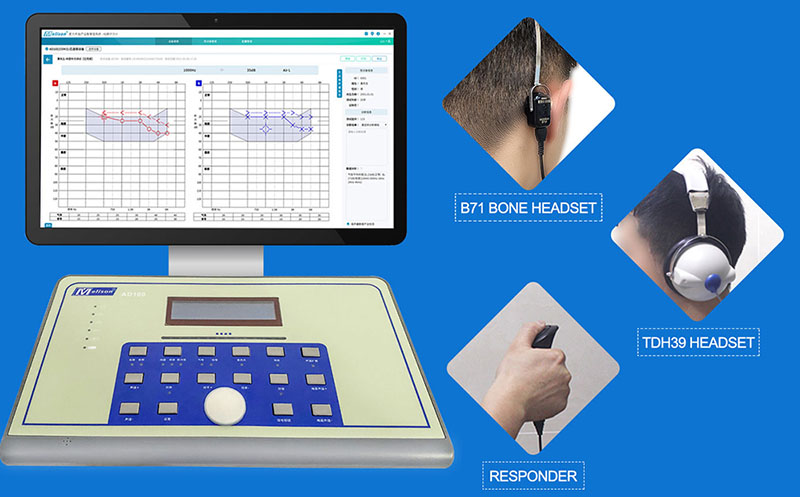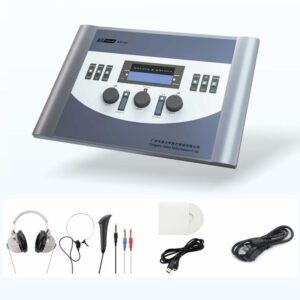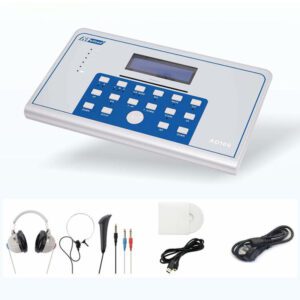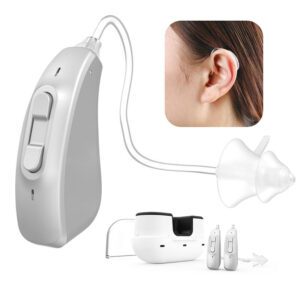
Calibration of a pure tone audiometer involves adjusting the settings of the device to ensure that it produces accurate and consistent sound levels at different frequencies. This is important in audiology testing because inaccurate readings can lead to incorrect diagnoses and treatment recommendations.
In order to ensure the accuracy of various Hearing Test results, the test equipment used for hearing diagnosis, rehabilitation, and research in the institute must be calibrated.
The standard for calibration of pure tone audiometers is set by the International Organization for Standardization (ISO) and the American National Standards Institute (ANSI). These standards specify the procedures and criteria for calibrating audiometers, including the equipment and techniques to be used, the frequencies and sound levels to be tested, and the acceptance criteria for passing or failing the calibration.
The standards for the basis of pure sound listening meter calibration
The most commonly used standard for calibration of pure tone audiometers is ISO 389-1:2018, which provides guidelines for the calibration of air conduction audiometers. The standard specifies that audiometers should be calibrated using a reference sound source, such as an acoustic calibrator, and that the calibration should be performed at different frequencies and sound levels.
In China, pure sound hearing meters, sound-guided antibodies, etc. are all medical devices that must be calibrated every year in accordance with national measurement standards. In addition, the following situations also need to calibrate the test equipment:
- The newly launched equipment should run all functions and calibrate various indicators;
- The equipment that has been used for a period of time shall be calibrated regularly in accordance with the standards; After the motion, maintenance, or replacement of the conversion, the calibration must be re-calibrated;
- When the test results are found to be a significant deviation between the test results and the expected or experience value;
- listening equipment used for scientific experiment research should be done Before the experiment starts and starts the calibration every day during the experiment.
Various listening devices must check the output level, frequency deviation, harmonic distortion, and other indicators of the sound signal, especially the benchmark equivalent threshold-level calibration of the signal basis, that is, the zero-level level of the hearing level.
We’re proud to be a leading provider of hearing aids and accessories, and we’re dedicated to helping our customers find the right solution for their needs. If you’re interested in learning more about our products or would like to speak with one of our experts, please contact us today.



